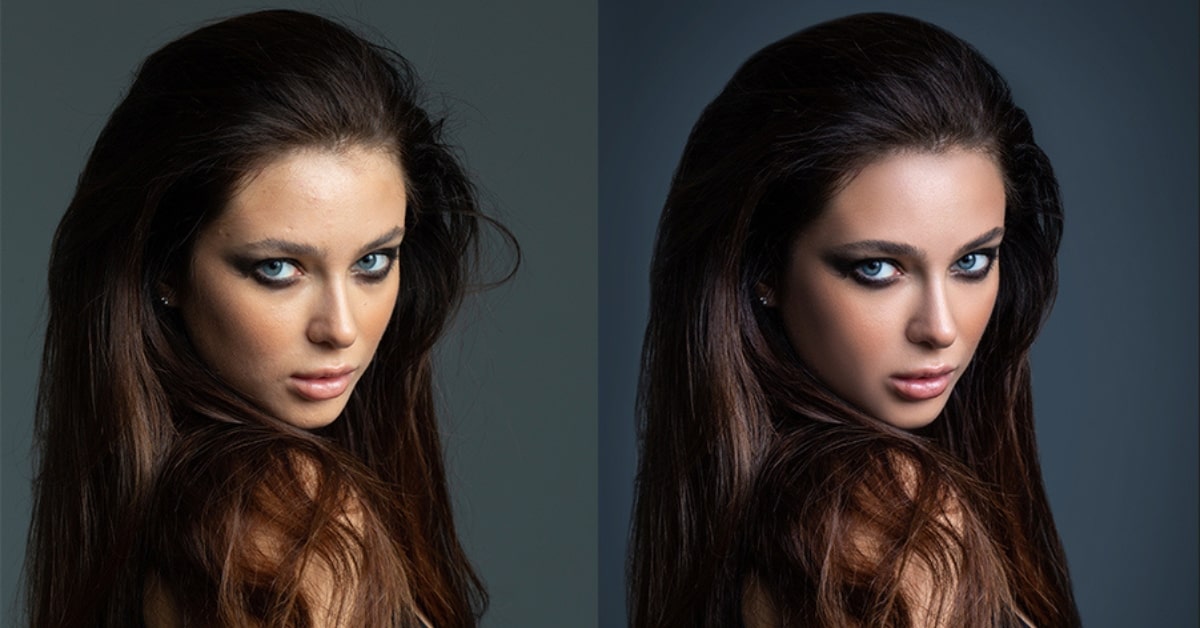Photographers and editors often encounter the challenge of dealing with flyaway hairs in portraits, where stray strands can distract from the overall image. In the digital age, Adobe Photoshop stands as a powerful tool to address this issue. This article explores effective techniques on how to remove flyaway hair in Photoshop, providing step-by-step guidance for achieving polished and professional-looking portraits.
Understanding the Challenge of Flyaway Hair
- Common Occurrence: Flyaway hair is a common occurrence in portrait photography, especially in outdoor or windy conditions. These stray strands can diminish the overall polished look of an image.
- Challenges in Traditional Editing: Traditional editing tools may not offer the precision needed to address individual flyaway hairs effectively. Photoshop, with its advanced features, provides a more nuanced approach to tackle this specific issue.
Techniques to Remove Flyaway Hair in Photoshop
- Zoom In for Precision: Start by zooming in on the area containing flyaway hairs. This allows for more precise and accurate editing, ensuring that individual strands are targeted without affecting the rest of the image.
- Use the Clone Stamp Tool: The Clone Stamp Tool is an effective way to remove flyaway hairs. Select a sample area close to the flyaway hair, then paint over the unwanted strand to clone the nearby hair structure onto it.
- Utilize the Healing Brush Tool: The Healing Brush Tool is useful for blending and smoothing areas. Alt-click to select a source point, then paint over the flyaway hair. This tool intelligently blends the sampled area with the surrounding hair for a seamless look.
- Apply the Spot Healing Brush: The Spot Healing Brush is excellent for smaller flyaway hairs. Simply brush over the unwanted strands, and Photoshop will intelligently replace them with nearby textures, creating a natural and clean result.
- Fine-Tune with the Pen Tool: For complex backgrounds or intricate flyaway hairs, the Pen Tool can be used to create a precise selection around the hair. Once selected, refine the edges and apply the necessary adjustments.
Benefits of Using Photoshop for Flyaway Hair Removal
- Precision and Control: Photoshop offers unparalleled precision and control when it comes to editing individual strands of hair. This ensures a refined and natural-looking result.
- Non-Destructive Editing: Photoshop allows for non-destructive editing, meaning you can always go back and adjust your edits without compromising the original image.
- Versatility in Techniques: With various tools like Clone Stamp, Healing Brush, and Pen Tool, Photoshop provides a range of techniques to address different types of flyaway hairs and backgrounds.
How to Remove Flyaway Hair in Photoshop?
- Open Your Image in Photoshop: Begin by opening your image in Adobe Photoshop.
- Zoom In on the Flyaway Hair: Zoom in on the area containing the flyaway hair for more detailed editing.
- Select the Clone Stamp Tool: Choose the Clone Stamp Tool from the toolbar.
- Set the Sample Point: Alt-click on a nearby area with clean hair to set the sample point.
- Paint Over the Flyaway Hair: Carefully paint over the flyaway hair using the Clone Stamp Tool.
- Use the Healing Brush and Spot Healing Brush: For smoother blending, use the Healing Brush and Spot Healing Brush tools as needed.
- Fine-Tune with the Pen Tool (Optional): If necessary, use the Pen Tool to create a precise selection around complex flyaway hairs and apply adjustments.
- Refine and Save: Refine your edits as needed, ensuring a seamless and natural look. Save your edited image.
FAQs
Can I use these techniques for removing flyaway hair in group photos?
Yes, the techniques outlined can be applied to group photos as well. However, additional care may be needed for more complex compositions.
Does Photoshop have an automated tool for flyaway hair removal?
While Photoshop provides advanced tools, it doesn’t have a fully automated feature specifically for flyaway hair removal.
Are there alternative software options for removing flyaway hair?
Yes, other photo editing software like GIMP, Lightroom, or Capture One offer tools for hair retouching. However, the specific steps may vary.
Can I use these techniques for removing flyaway hair in videos?
The techniques discussed primarily apply to still images. Video editing software may have specific tools for addressing flyaway hair in motion.
How can I ensure natural-looking results when removing flyaway hair?
Ensure a natural look by using a light touch with editing tools, blending cloned areas seamlessly, and regularly zooming out to review the overall image.
Conclusion
Mastering the art of removing flyaway hair in Photoshop empowers photographers and editors to achieve polished and professional portraits. By understanding the tools and techniques available, individuals can seamlessly address this common challenge, resulting in images that captivate without distraction. Remember, the key lies in precision, attention to detail, and a commitment to maintaining the natural beauty of the subject.
This page was last edited on 28 February 2024, at 1:26 pm
